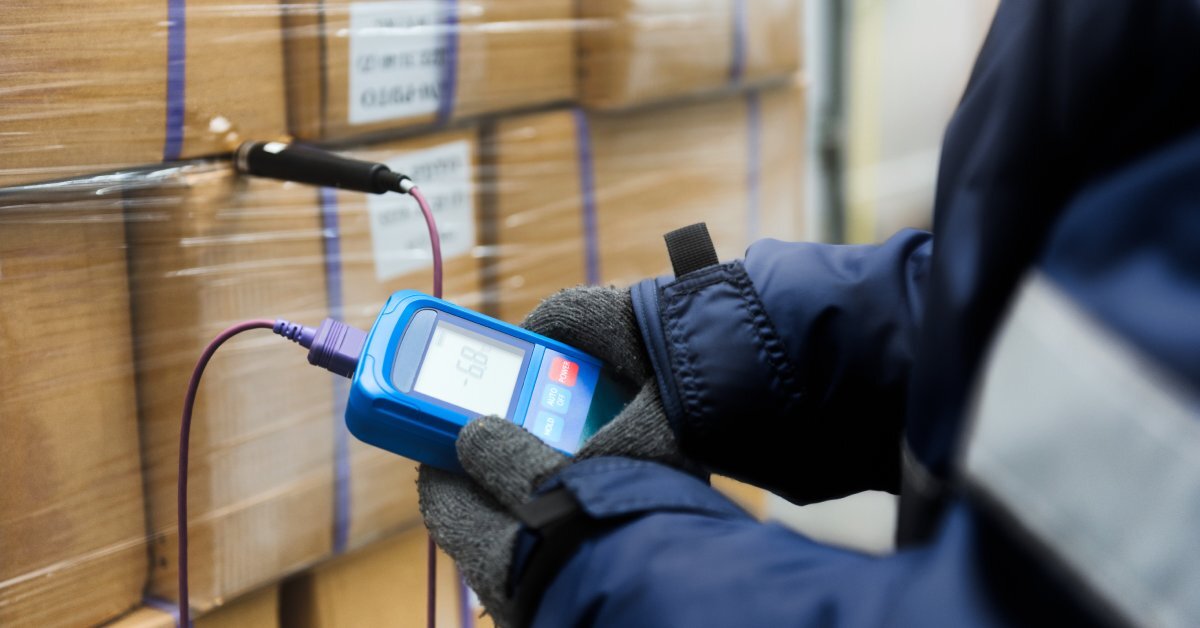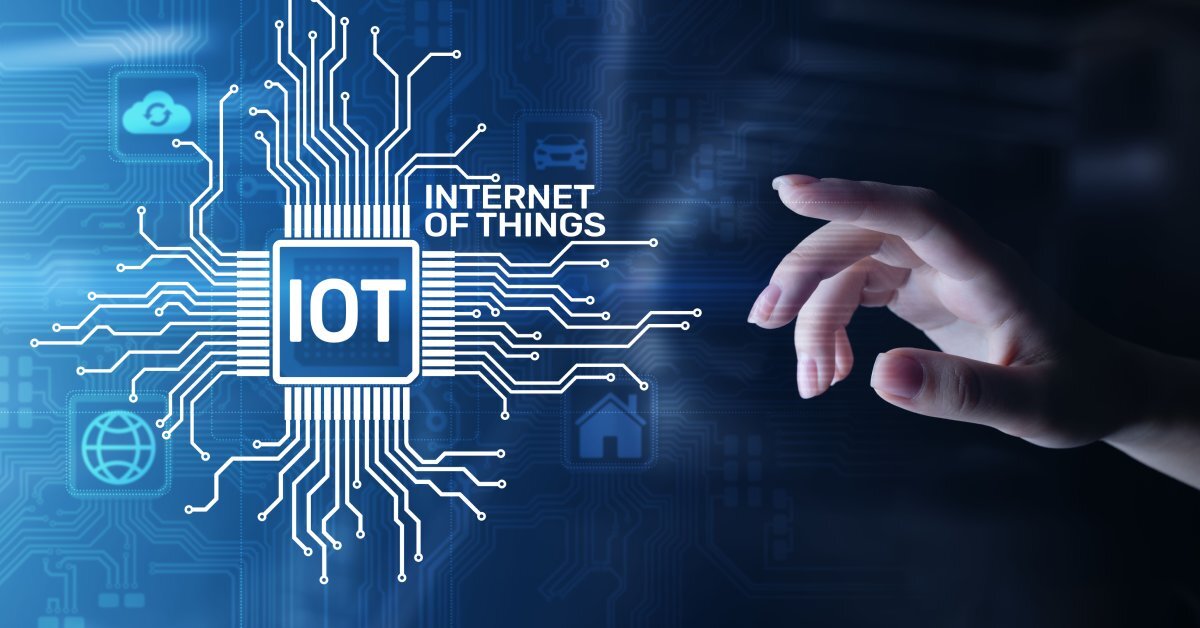Posted by RCP on 24th Jun 2025
A Complete Guide to Cold Chain Temperature Monitoring
Maintaining the appropriate temperature of sensitive products throughout the supply chain is critical for quality and compliance. This task is the core of cold chain temperature monitoring. Food, pharmaceutical, and chemical industries rely on cold chain systems to preserve product integrity and ensure consumer safety.
By finding equipment that monitors and manages temperatures, purchasing agents and inventory buyers can reduce waste, comply with safety regulations, and enhance operational efficiency. This complete guide to cold chain temperature monitoring will equip you with valuable knowledge to make better purchasing decisions.
Why Cold Chain Monitoring Matters
Cold chain temperature monitoring maintains the safety and quality of temperature-sensitive goods. For instance, vaccines and perishable food items require specific low-temperature conditions to remain effective or safe for consumption. Any temperature fluctuation can result in spoilage, reduced potency, or complete loss of product viability.
For purchasing agents, investing in accurate monitoring systems minimizes risks associated with compromised shipments. Inventory buyers can protect their stock against temperature excursions by selecting suppliers who prioritize robust cold chain monitoring practices.
Beyond mere compliance with regulatory standards, effective monitoring safeguards your organization’s reputation and reduces costs related to waste. It underscores the importance of choosing equipment and processes designed to preserve product quality from start to finish.
The key to long-term success is through preventing storage and transportation errors. Reliable cold chain monitoring improves customer satisfaction and brand trust, especially in sectors where end-users rely on temperature-sensitive goods for health and safety. Even one temperature breach can result in product recalls, regulatory scrutiny, and damaged customer relationships.
Types of Temperature Monitoring Solutions

There’s no one-size-fits-all approach to cold chain logistics. Companies have a range of temperature monitoring solutions at their disposal to cater to their diverse needs.
One of the most traditional methods involves using temperature data loggers. These portable devices record and store temperature readings over time, allowing stakeholders to track conditions during transit.
More modern solutions include real-time monitoring systems equipped with GPS and wireless connectivity. These tools enable instant reporting and alerts in the event of temperature fluctuations.
Other companies use circular chart recorders to manually log temperature data within the facility. These devices provide physical data that’s accurate and easy to interpret.
Understanding these options allows purchasing agents to select the most appropriate tools for their needs. Consider factors such as data storage, connectivity, and reliability when choosing your monitoring solutions. Investing in the right equipment ensures accurate data collection and minimizes the margin of error in critical cold chain processes.
Emerging technologies such as blockchain integration and AI-powered predictive analytics are also making strides in cold chain monitoring. These tools provide traceability and help forecast potential risks before they occur, enabling proactive interventions.
Effective Strategies for Cold Chain Management
Implementing strong cold chain management strategies is essential for maintaining temperature control throughout the supply chain. Start by working with reliable logistics partners who specialize in handling temperature-sensitive goods. Ensure that all partners adopt strict monitoring protocols and utilize advanced temperature control technologies during transportation and storage.
Inventory buyers should prioritize suppliers that use insulated packaging and temperature-regulated shipping methods. An evaluation of temperature control systems at every stage of the supply chain will help identify any weak links.
Regular auditing, paired with routine maintenance of monitoring devices, ensures consistent performance. By following these strategies, businesses can extend product shelf life, reduce costs, and meet compliance requirements.
Training staff on the correct handling of temperature-sensitive goods is another critical step. Personnel at every stage—from storing products in the warehouse to transporting them—must understand how to respond quickly in the event of temperature excursions. A well-informed workforce is an influential factor in maintaining cold chain integrity.
Regulatory Compliance and Standards
Stringent industry regulations and quality standards govern cold chain temperature monitoring. Compliance ensures that sensitive products arrive at their destination without losing quality or efficacy. Purchasing agents and inventory buyers should familiarize themselves with guidelines established by organizations like the FDA, WHO, or ISO, depending on the industry.
For the pharmaceutical sector, good distribution practices (GDP) dictate temperature monitoring protocols during transportation. Meanwhile, food-related standards, like the HACCP system, enforce the safe handling of perishable products.
Staying compliant helps companies avoid legal risks and penalties and fosters greater trust with customers and end-users. Partnering with vendors who continually educate themselves on compliance standards is a vital step in sustaining reliable, effective cold chain monitoring.
Regularly reviewing updates to these regulatory standards is also necessary. As technology evolves and global trade expands, organizations must adapt their monitoring systems to meet new or revised guidelines. Keeping up with these changes ensures that your cold chain operations remain ahead of the curve.
The Benefits of Investing in Advanced Monitoring Tools

Leveraging advanced monitoring tools offers several advantages for cold chain stakeholders. Digital solutions provide unparalleled accuracy and real-time alerts, offering peace of mind to purchasing agents and inventory buyers. These systems can help automate monitoring workflows, reducing manual intervention and human error.
Alongside better efficiency, the data collected from advanced monitoring tools allows businesses to analyze temperature trends, optimize routes, and improve inventory restocking decisions. Integrating Internet of Things (IoT) systems further enhances connectivity and visibility across the supply chain. By adopting advanced cold chain monitoring technologies, companies can significantly improve productivity, reduce losses, and enhance customer satisfaction.
Advanced tools also support sustainability efforts by minimizing product spoilage, reducing the need for emergency shipments, and optimizing energy usage in cold storage environments. For companies aiming to meet environmental goals, these systems are a valuable component of a greener supply chain strategy.
Achieve a Successful Cold Chain Operation
Cold chain temperature monitoring is an indispensable aspect of modern logistics. By prioritizing effective monitoring systems and strategies, purchasing agents and inventory buyers can protect the integrity of sensitive products, reduce waste, and comply with industry regulations. Our complete guide to cold chain temperature monitoring highlights how leveraging advancements in monitoring technology provides the tools necessary to maintain control over temperature-sensitive goods.
Investing in robust cold chain systems delivers long-lasting benefits for organizations and consumers. From traditional methods like circular chart recorder paper to sophisticated digital solutions, every choice matters.
Applying the insights from this guide ensures a streamlined and successful cold chain operation. When executed correctly, cold chain monitoring becomes a strategic advantage. View Recorders Charts and Pens products to learn how you can revitalize your current strategy to meet consumer demand with confidence, safety, and consistency.

